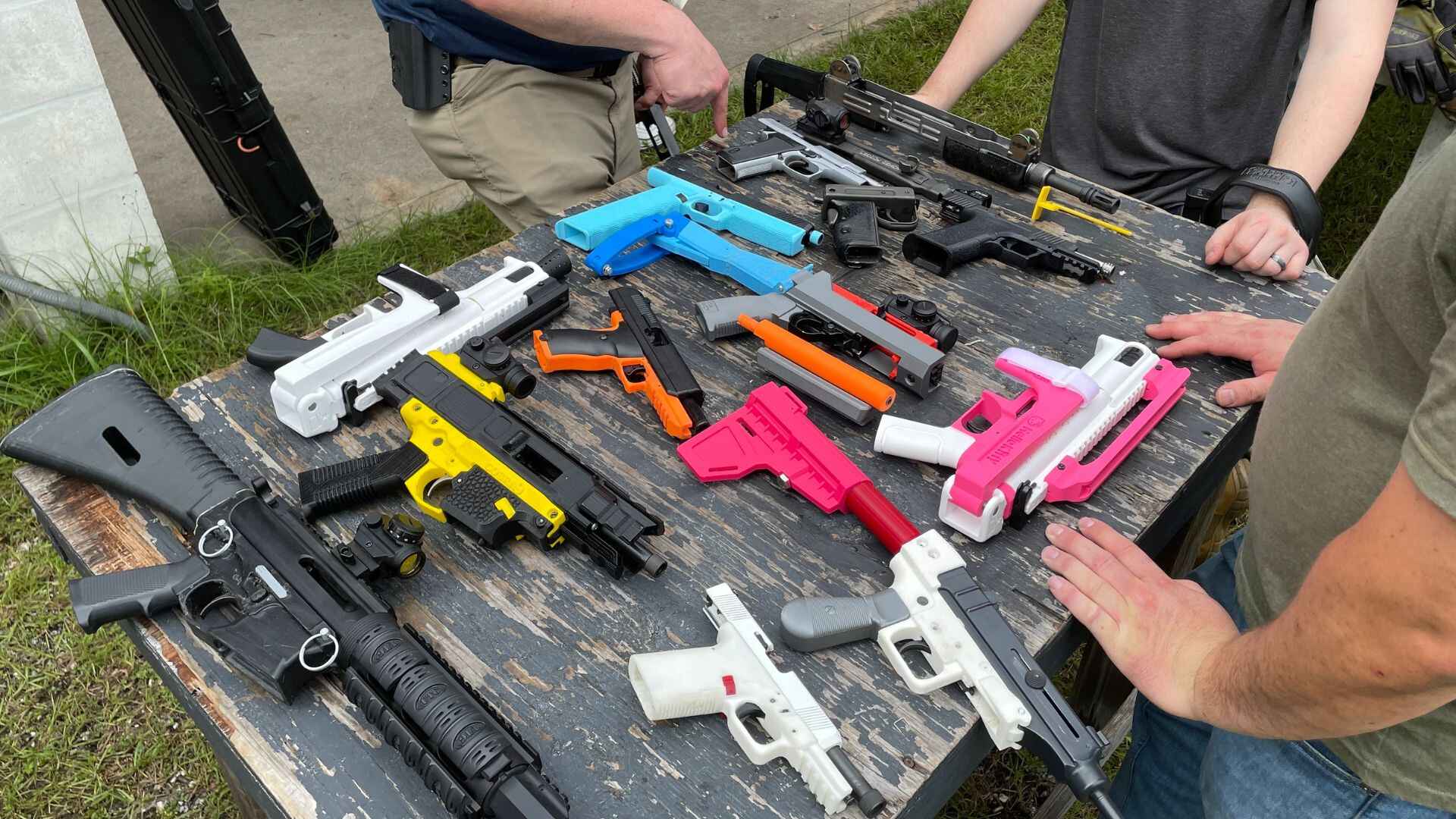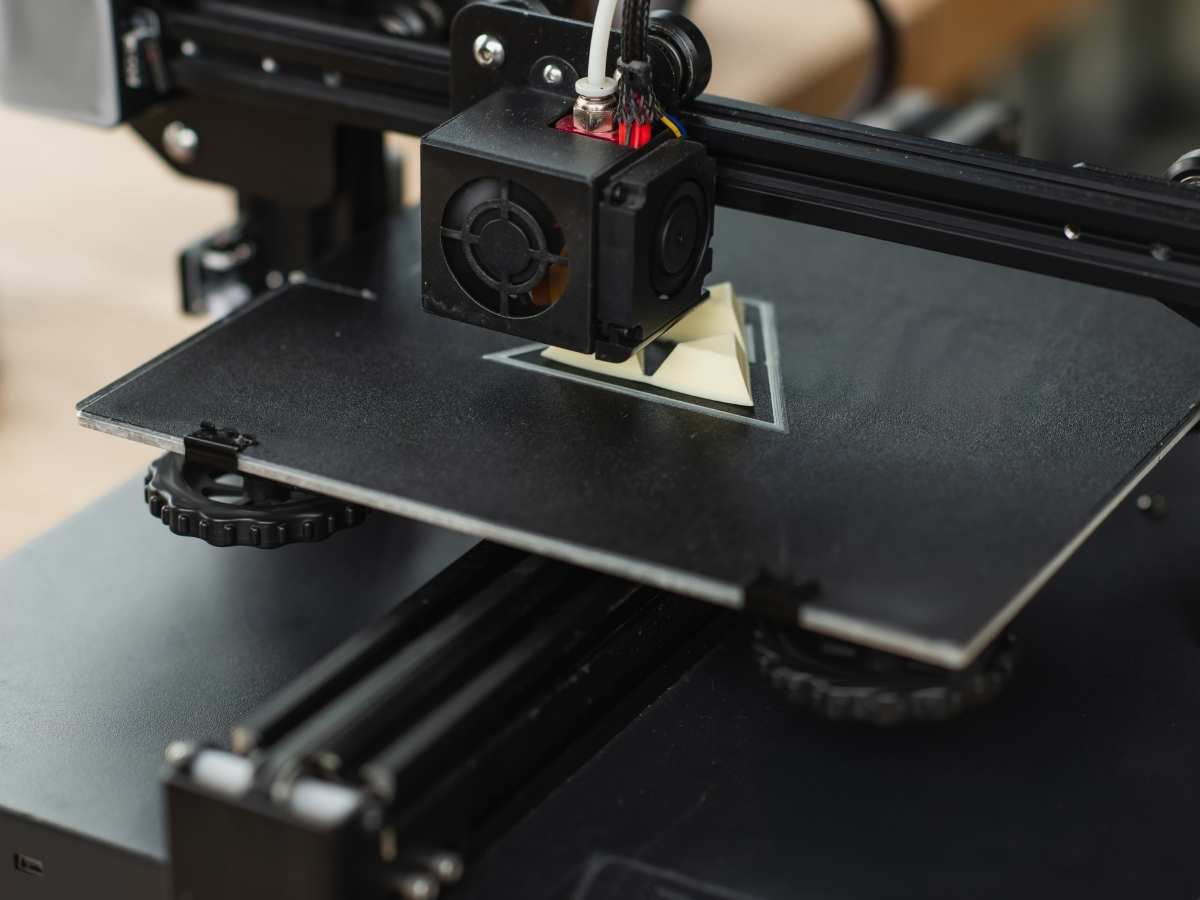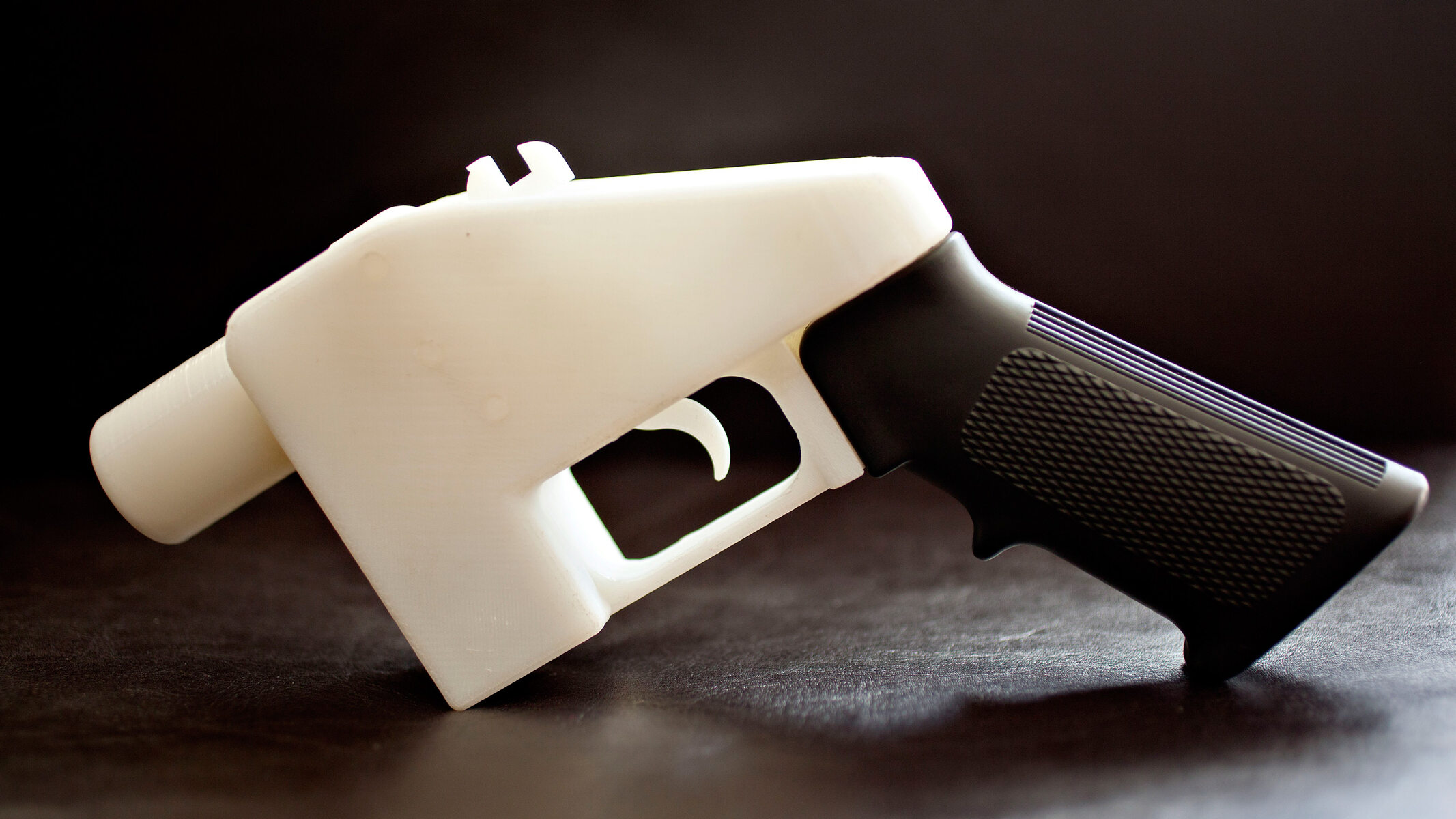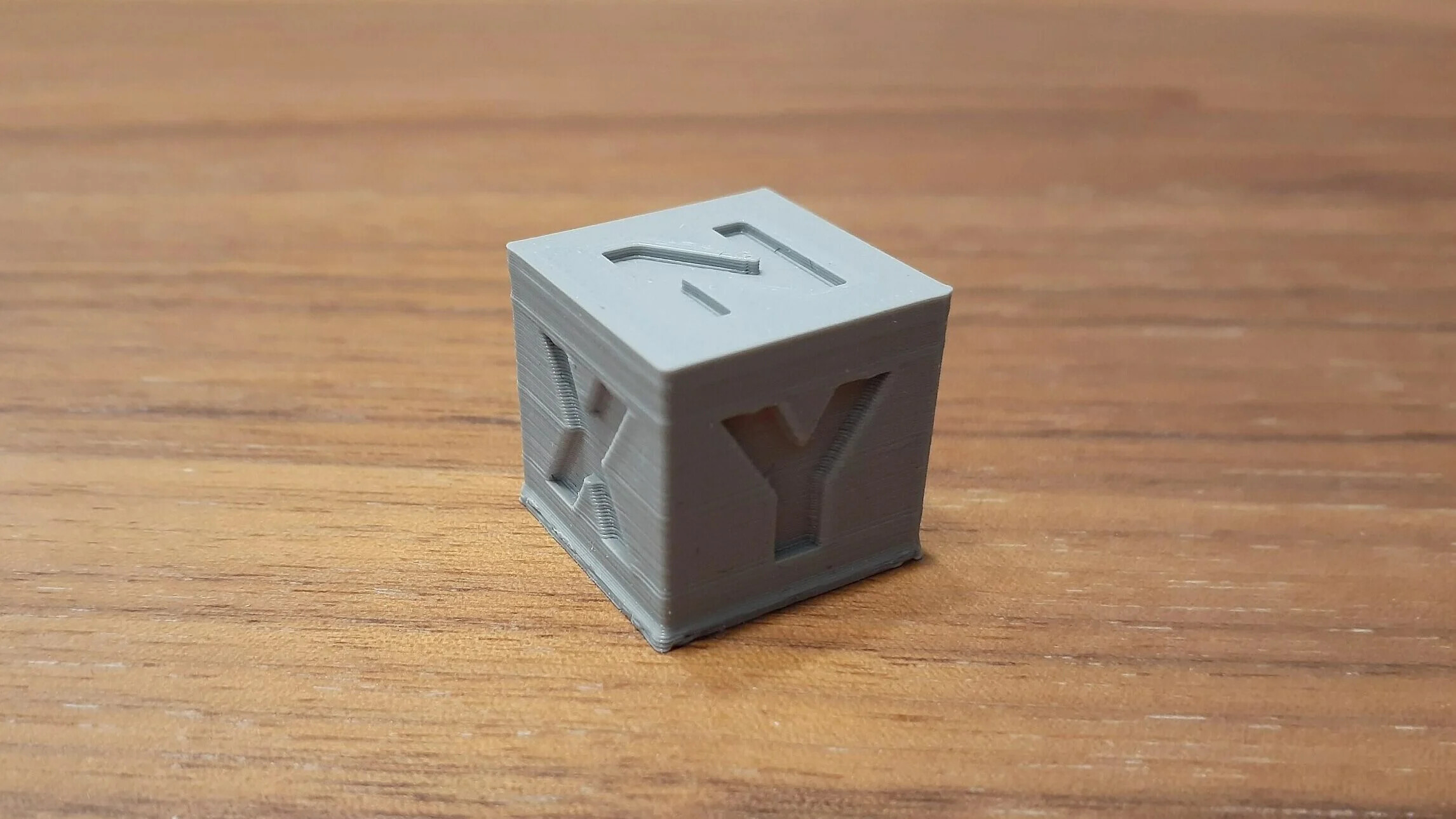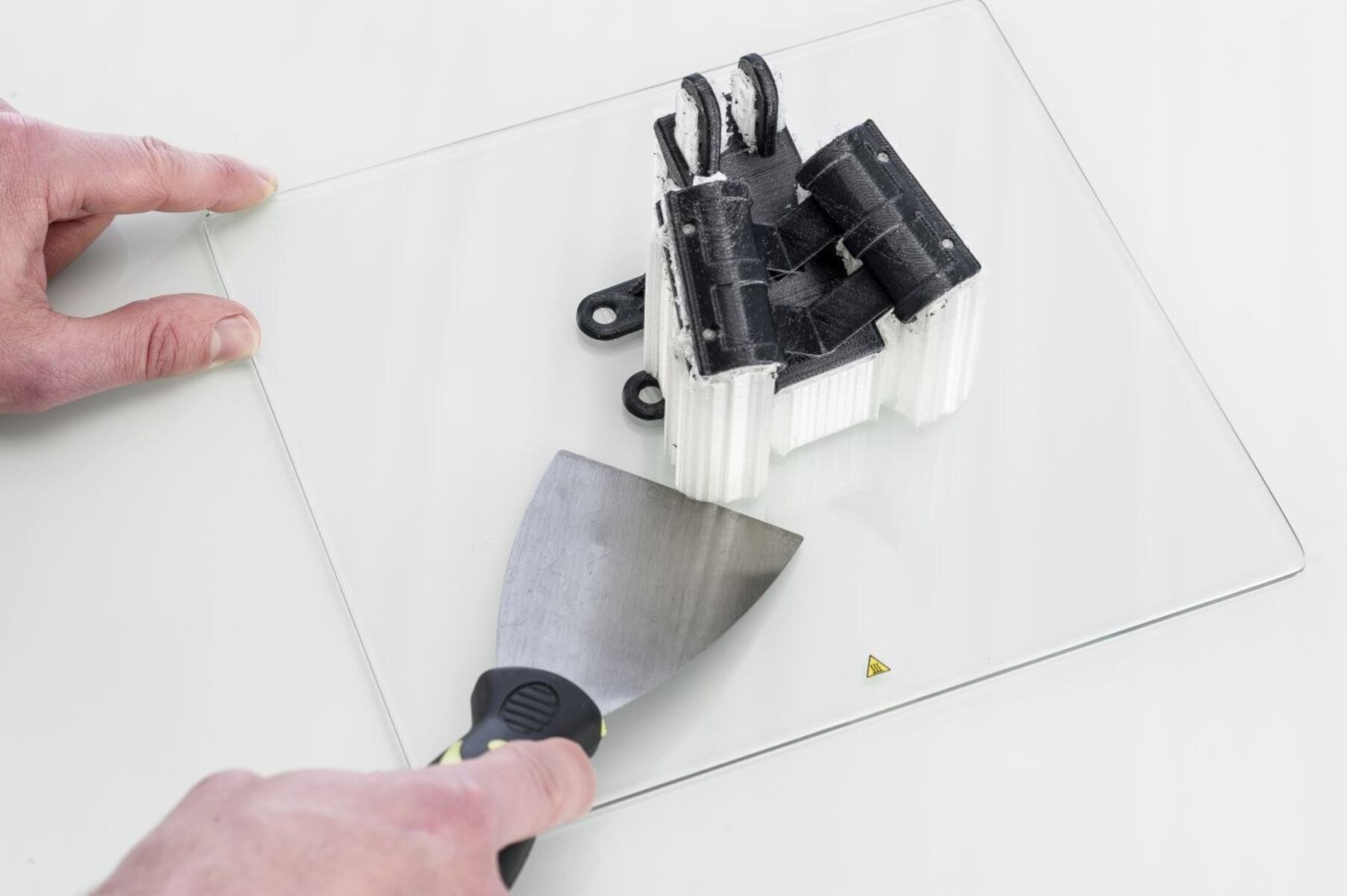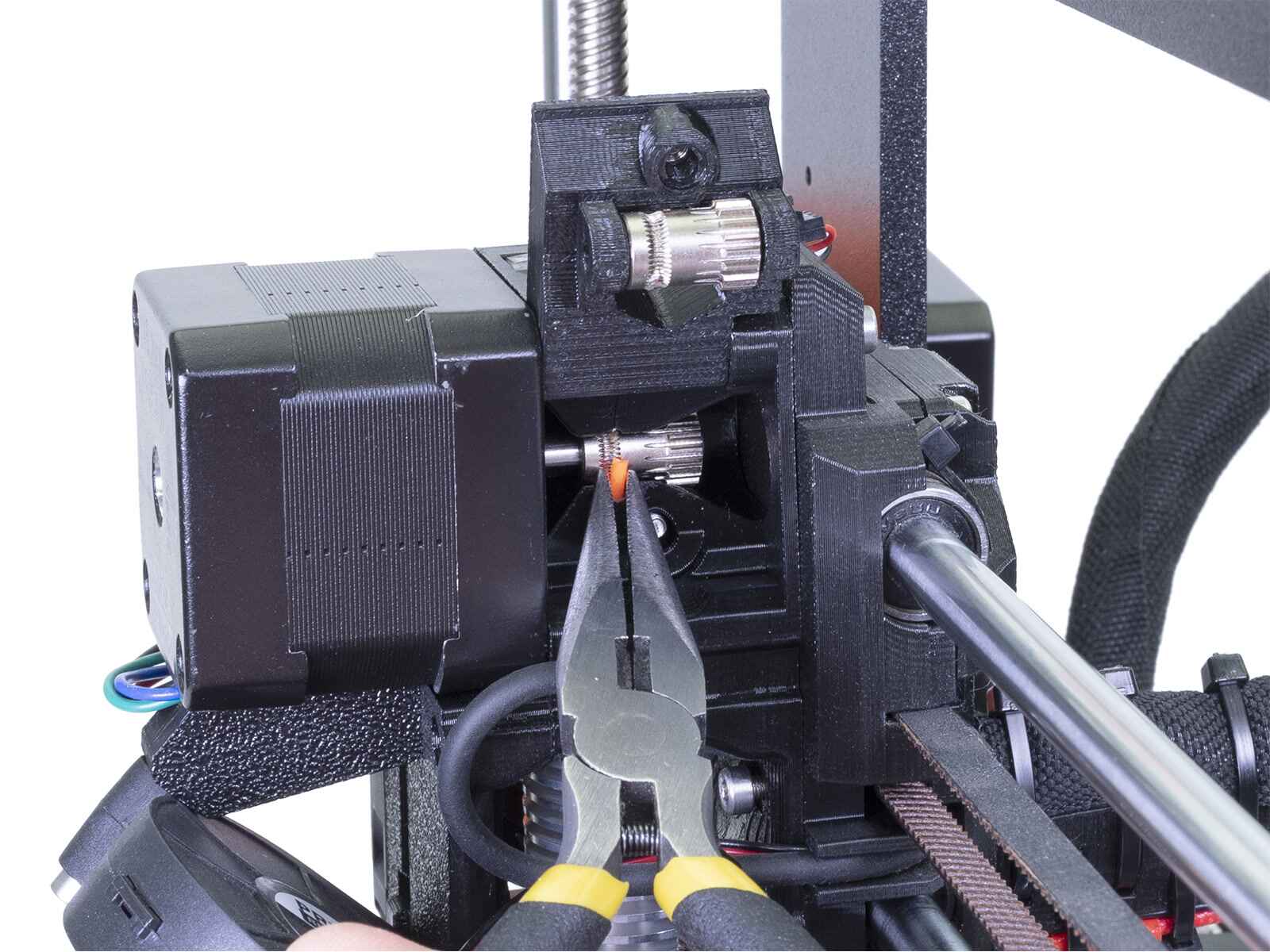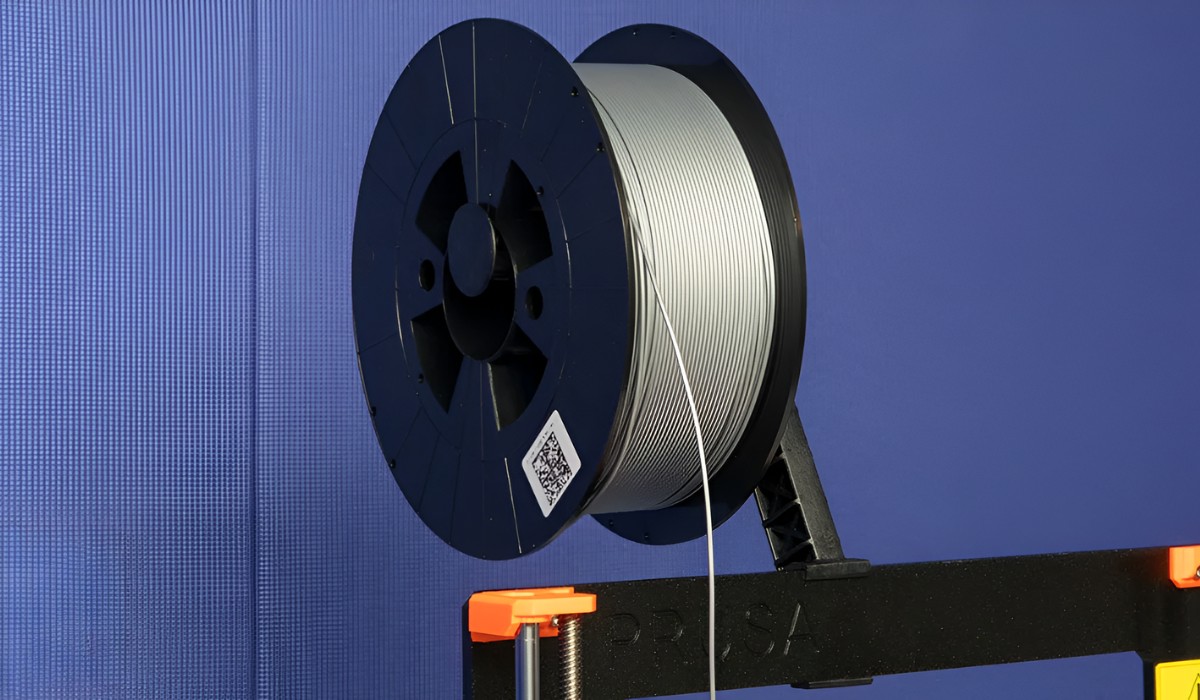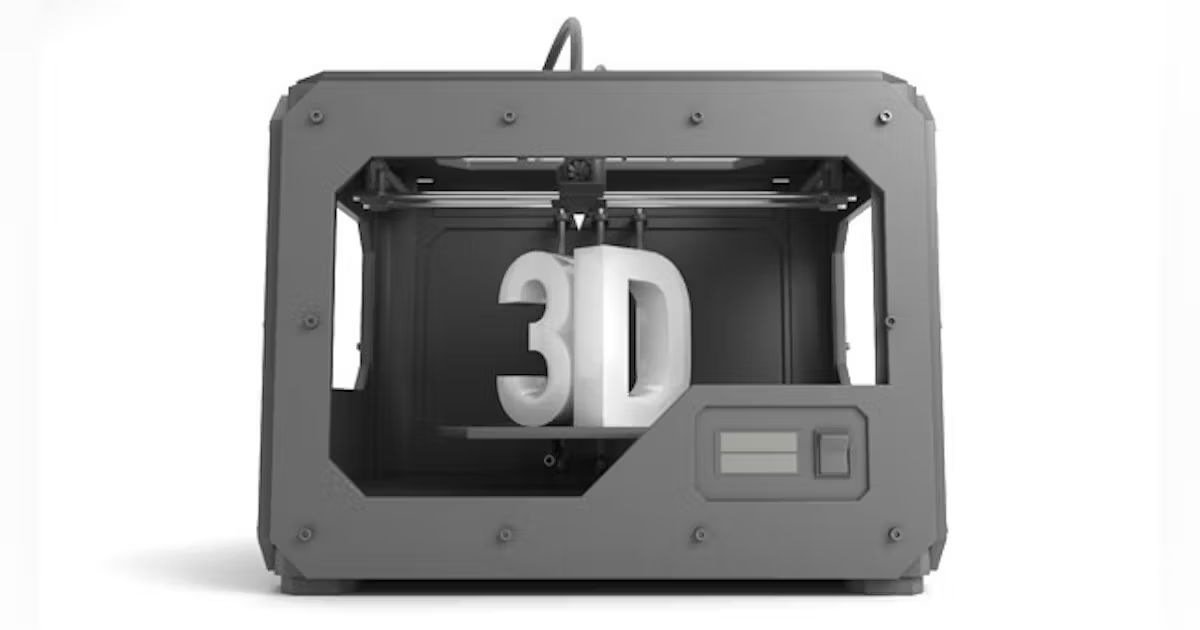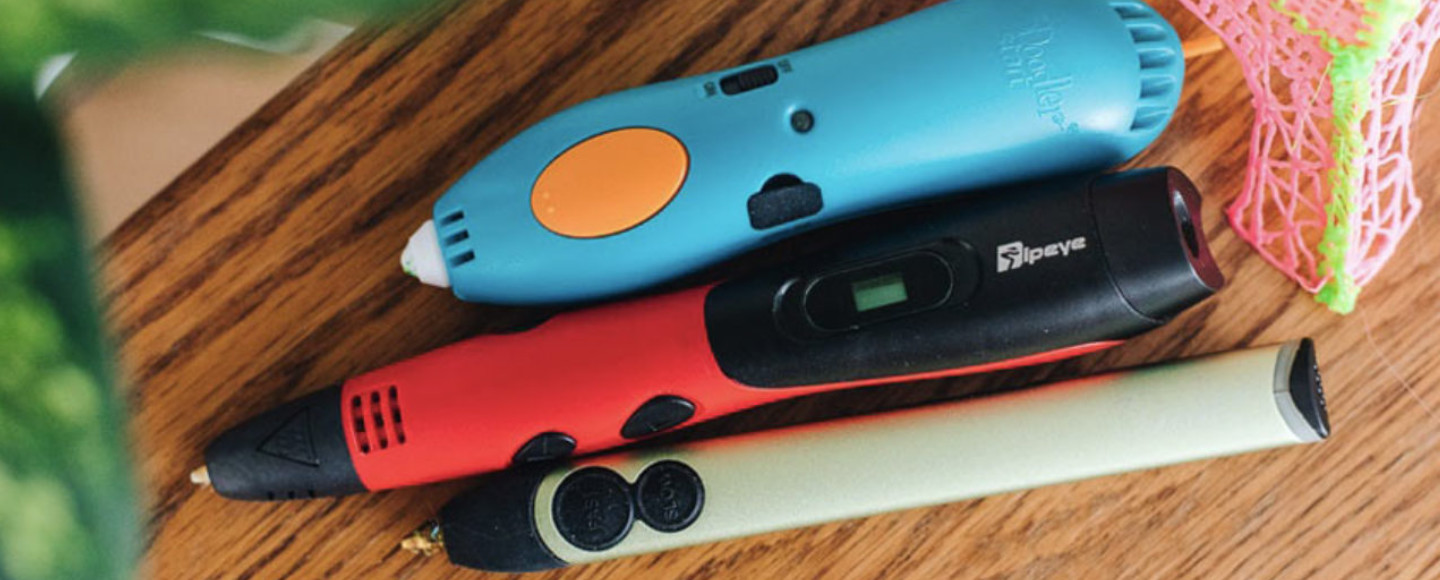The Origin of 3D Printed Guns
3D printed guns, also known as “ghost guns,” are firearms that are created using 3D printers. The concept of 3D printed guns originated from the growing popularity of do-it-yourself (DIY) culture and advancements in additive manufacturing technology.
The ability to create functional firearms using 3D printers emerged in 2013 when an American gun rights activist named Cody Wilson unveiled the first 3D printed gun known as the “Liberator.” He uploaded the blueprints online, allowing anyone with access to a 3D printer to create their own firearm.
This development sparked debates and concerns over the accessibility, security, and legality of 3D printed guns. While some saw it as a way to exercise their Second Amendment rights and bypass gun control regulations, others raised alarming questions about the potential for untraceable and undetectable firearms in the hands of criminals.
The rise of 3D printed guns challenged traditional manufacturing and regulatory processes. The technology enabled individuals to produce firearms in the privacy of their own homes without requiring specialized tools or licenses. This led to a unique intersection between technology, civil liberties, and gun control.
Proponents of 3D printed guns argue that they empower individuals to exercise their right to self-defense and provide a means to bypass restrictive gun legislation. However, critics have expressed concerns about the lack of background checks, the potential for improvised and unreliable firearms, and the threat they pose to public safety.
As more people became aware of the possibilities 3D printed guns offered, the controversy surrounding them intensified. The legal and ethical implications of these firearms ignited passionate debates worldwide, leading to various attempts by governments to regulate or outright ban 3D printed guns.
While the origins of 3D printed guns can be traced back to the early 2010s, the discussion surrounding their impact and regulation continues to evolve today. Many countries are grappling with how to address the challenges posed by this technology while ensuring public safety and upholding the rule of law.
The Rise of DIY Guns
With the advent of 3D printing technology, do-it-yourself (DIY) gun making has experienced a significant rise in popularity. Thanks to the accessibility and affordability of 3D printers, individuals now have the ability to manufacture their own firearms in the comfort of their own homes.
The DIY gun movement has gained traction amongst gun enthusiasts, hobbyists, and even individuals who may not have had previous access to firearms. The appeal of creating a personalized firearm, tailored to specific preferences, has fueled this phenomenon.
One of the key advantages of DIY guns is the sense of empowerment they provide. Many proponents argue that owning a firearm is a fundamental right and that the ability to manufacture one only reinforces that right. DIY guns also offer an avenue for individuals to protect their privacy, as they can avoid the traditional channels of purchasing firearms, such as undergoing background checks or leaving a paper trail.
The rise of DIY guns has also had cultural implications. It has become a symbol of the spirit of self-reliance and the rejection of top-down regulation. DIY gun enthusiasts often view themselves as pioneers, pushing the boundaries of technology and challenging the status quo.
While DIY guns have their supporters, critics have voiced concerns about their safety and potential for misuse. Traditional firearms are subjected to rigorous quality control measures and safety standards. In contrast, DIY guns may not undergo the same level of scrutiny, leading to potential malfunctions or risks.
Furthermore, the lack of regulation surrounding DIY guns raises concerns about who has access to firearms. Without background checks or any form of oversight, individuals with criminal intent may exploit this avenue to obtain firearms illegally or produce untraceable weapons.
The rise of DIY guns has prompted legal and ethical debates regarding the regulations surrounding their manufacture and use. Some countries have imposed restrictions on the availability and dissemination of 3D printed firearm blueprints to mitigate potential risks. However, others argue that such regulations infringe upon individual rights and stifle technological progress.
As technology continues to advance, DIY gun making is likely to gain even more prominence. The impact and implications of this phenomenon will undoubtedly continue to shape discussions surrounding gun control and individual rights in the years to come.
The Controversy Surrounding 3D Printed Guns
The emergence of 3D printed guns has sparked intense controversy and raised a myriad of legal, ethical, and safety concerns. The accessibility and potential consequences of these firearms have ignited heated debates worldwide.
One of the main areas of controversy revolves around the security implications of 3D printed guns. Unlike traditional firearms, these weapons can be created using readily available 3D printers and downloaded blueprints. This raises concerns about untraceable guns falling into the wrong hands, bypassing background checks and regulations intended to prevent firearm access to individuals with criminal intent.
Another key issue is the difficulty of detecting 3D printed firearms using standard security measures. Due to their plastic composition, these guns may not be picked up by metal detectors commonly used in airports, public buildings, and other high-security areas. This poses a significant challenge for law enforcement and airport security personnel, who must adapt their screening methods to effectively identify these concealed weapons.
Furthermore, the lack of quality control in the production of 3D printed guns raises safety concerns. Traditional firearms are subject to strict manufacturing standards and regulations to ensure their reliability and safety. In contrast, 3D printed guns may suffer from design flaws, brittle materials, or insufficient structural integrity, potentially resulting in accidental discharge or other hazards.
There is also concern that the availability of 3D printed guns could undermine gun control efforts. These firearms can be created and distributed without the need for a license or registration, making it challenging for authorities to monitor and regulate their proliferation. This raises questions about the effectiveness of existing laws and regulations in ensuring public safety.
Additionally, copyright infringement and intellectual property issues have surfaced regarding the sharing and distribution of 3D printed gun blueprints. Some argue that making these blueprints freely accessible online enables anyone with a 3D printer to create firearms without proper oversight or accountability. This not only poses legal challenges but also raises questions about the responsibility of individuals and organizations in facilitating the dissemination of potentially dangerous weapons.
The controversy surrounding 3D printed guns has spurred various responses from governments, advocacy groups, and law enforcement agencies. Some countries have attempted to regulate or ban the distribution of 3D printed gun blueprints, while others have focused on strengthening existing firearm regulations to address the unique challenges posed by these weapons.
Ultimately, the controversy surrounding 3D printed guns underscores the ongoing tension between technological advancements, individual rights, public safety, and effective gun control. It is a complex issue that requires careful consideration, dialogue, and collaboration to navigate the evolving landscape of firearm manufacturing and its implications for society.
The Role of 3D Printers in Manufacturing Guns
3D printers have revolutionized the manufacturing industry, enabling the creation of complex and customized objects with ease. In the realm of firearms, 3D printers have found a controversial role in the production of guns, challenging traditional manufacturing processes and regulations.
One of the key advantages of using 3D printers in gun manufacturing is the ability to produce firearms with intricate designs and shapes that would be difficult or impossible to achieve using traditional methods. This opens up new possibilities for customization and innovation in firearm design.
Furthermore, 3D printers offer cost-effective manufacturing solutions. Compared to traditional machining methods, 3D printing allows for the production of guns using less material and labor, reducing costs and potentially making firearms more accessible to a wider range of individuals.
Another notable aspect of using 3D printers in gun manufacturing is the ease of replication and distribution. Once a functional firearm design is created, it can be shared as a digital file and printed by anyone with access to a 3D printer. This eliminates the need for centralized manufacturing and distribution channels, potentially circumventing regulatory frameworks and making the traceability of these guns more challenging.
However, the role of 3D printers in gun manufacturing also raises several concerns. These include the lack of control and oversight in the production process, potentially resulting in the creation of unreliable and unsafe firearms. In addition, the proliferation of unregulated and untraceable guns through the use of 3D printers raises questions about the potential impact on public safety and law enforcement efforts.
The legal and ethical considerations surrounding the use of 3D printers in gun manufacturing have prompted governments and regulatory bodies to grapple with how to address the challenges posed by this technology. Some countries have implemented legislation to control the distribution of blueprints for 3D printed guns, while others have focused on enhancing existing firearm regulations to encompass these emerging manufacturing methods.
The role of 3D printers in manufacturing guns continues to be a topic of debate and scrutiny. As technology advances and becomes more accessible, the impact and implications of 3D printed firearms will shape the future of gun manufacturing, regulation, and public safety.
The Impact of 3D Printed Guns on Gun Control Laws
The emergence of 3D printed guns has had a profound impact on gun control laws and regulations worldwide. The unique nature of these firearms challenges traditional approaches to controlling the manufacturing, distribution, and possession of guns.
One of the key aspects of 3D printed guns that impacts gun control laws is their accessibility. The ability to create firearms using 3D printers allows individuals to bypass traditional channels of purchasing guns, such as licensed dealers or background checks. This raises concerns about the effectiveness of existing gun control measures in preventing access to firearms by individuals with criminal intent or mental health issues.
Another significant impact of 3D printed guns on gun control laws is the challenge they pose to traditional regulation and monitoring. With the availability of online blueprints, anyone with a 3D printer can manufacture firearms without detection or traceability. This presents a new frontier for law enforcement, as it becomes increasingly difficult to control and regulate the proliferation of potentially untraceable and unregistered firearms.
Additionally, the emergence of 3D printed guns has prompted governments to reconsider and update their legislation to address this technological advancement. Some countries have introduced new laws specifically targeting the possession, manufacturing, or dissemination of 3D printed guns. Others have sought to strengthen existing gun control regulations to encompass this new threat.
Moreover, the impact of 3D printed guns on gun control laws goes beyond their physical presence. The controversy surrounding these firearms has sparked debates about the balance between individual rights, public safety, and the responsibilities of gun owners. It has also highlighted the need for ongoing reassessment of gun control measures to keep pace with advancements in technology.
However, addressing the impact of 3D printed guns on gun control laws is complex. Striking the right balance between individual rights, public safety, and technological innovation is a challenging task. Legislators and policymakers need to consider the potential risks, while still respecting individual rights, and find innovative solutions to regulate and address the challenges posed by 3D printed guns effectively.
As technology continues to advance, the impact of 3D printed guns on gun control laws will continue to evolve. Collaboration between governmental bodies, law enforcement agencies, and technology experts is essential to ensure that regulations stay relevant and effective in this rapidly changing landscape.
What 3D Printer Was Used to Create the First Functional Gun
The first functional 3D printed gun, known as the “Liberator,” was created by Cody Wilson, an American gun rights activist, in 2013. Wilson’s creation revolutionized the world of firearms manufacturing and ignited a wave of controversy. But what 3D printer was used to bring this groundbreaking firearm to life?
The 3D printer that Cody Wilson used to produce the Liberator was the Stratasys Dimension SST. This printer, known for its reliability and precision, played a crucial role in the production of the world’s first fully 3D printed gun.
The Stratasys Dimension SST is an industrial-grade 3D printer that operates using a method called fused deposition modeling (FDM). This technology involves melting a thermoplastic material and extruding it layer by layer to create a three-dimensional object. The Dimension SST offers a build volume of 203 x 203 x 305 mm, allowing for the creation of objects of various sizes.
Why did Cody Wilson choose the Stratasys Dimension SST for his groundbreaking project? One reason was the printer’s ability to handle the high temperatures required for printing firearms. The thermoplastic used in the Liberator, known as ABS (acrylonitrile butadiene styrene), requires a higher melting point than some other commonly used 3D printing materials. The Dimension SST was able to provide the necessary temperature control to achieve the desired results.
Another consideration was the Dimension SST’s level of accuracy and durability. The Liberator needed to be reliable and capable of withstanding the stress and strain associated with firing a bullet. The Stratasys Dimension SST was able to meet these requirements, making it an ideal choice for this groundbreaking project.
It is important to note that since the creation of the Liberator, other 3D printers have been used to produce functional firearms. The ever-evolving field of 3D printing technology has seen advancements in both printer capabilities and materials, expanding the possibilities for creating firearms.
The use of 3D printers in firearms manufacturing continues to be a subject of debate and regulation. Governments around the world are grappling with how to address the challenges posed by accessible and unregulated production of firearms. This has led to increased scrutiny on the type of 3D printers used, as well as attempts to regulate the distribution of 3D printable gun blueprints.
As technology continues to evolve, we can expect further innovation in the field of 3D printed firearms and the printers used to manufacture them. Striking a balance between technological progress, individual rights, and public safety remains a complex task for lawmakers and regulators.
Understanding the Specifications of the 3D Printer Used for Gun Manufacturing
When it comes to 3D printing guns, the choice of printer and its specifications play a crucial role in the production process. Understanding the specifications of the 3D printer used for gun manufacturing helps shed light on the capabilities and limitations of these firearms.
One of the key specifications to consider is the type of 3D printing technology employed. Different technologies, such as fused deposition modeling (FDM), stereolithography (SLA), or selective laser sintering (SLS), have unique characteristics that influence the quality and durability of the 3D printed guns.
The build volume, or the size of the objects the printer can produce, is another important specification. This determines the maximum size of the firearm that can be printed in a single piece. A larger build volume allows for the creation of bigger guns or the printing of multiple components simultaneously, reducing the need for assembly.
Layer height, or the thickness of each printed layer, is a critical specification that impacts the resolution and surface finish of the 3D printed gun. Smaller layer heights result in finer details but may increase print times and require more precise calibration of the printer.
The printing material used also significantly influences the performance of the firearm. Common materials for 3D printed guns include ABS (acrylonitrile butadiene styrene), PLA (polylactic acid), or nylon. Each material has its own properties, such as strength, heat resistance, and flexibility, which affect the functionality and reliability of the firearm.
The extruder temperature, or the temperature at which the printer melts and deposits the printing material, is another specification to consider. The appropriate extruder temperature will depend on the specific material being used. It is crucial to balance the temperature to ensure good adhesion between the printed layers and prevent issues like warping or deformation.
Additionally, the overall accuracy and precision of the 3D printer play a crucial role in producing functional firearms. Higher accuracy and precision ensure that the dimensions and tolerances of the printed gun components meet the desired specifications, leading to a better fit and functionality of the final product.
Understanding these specifications of the 3D printer used for gun manufacturing provides insights into the abilities and limitations of the printed firearms. It highlights the importance of selecting the right printer for specific requirements, ensuring that the produced guns are reliable, safe, and perform as intended.
As technology advances, we can expect further improvements in 3D printing technology, with printers capable of achieving higher resolutions, larger build volumes, and utilizing a wider range of materials. However, it is essential to carefully balance technological progress with considerations of safety, responsibility, and regulatory frameworks in the realm of 3D printed guns.
How 3D Printer Technology Has Evolved in the Creation of Guns
Over the years, 3D printer technology has evolved significantly, leading to advancements in the creation of guns. These advancements have impacted the quality, accessibility, and capabilities of 3D printed firearms, revolutionizing the landscape of gun manufacturing.
One of the significant advancements in 3D printer technology for gun creation is the improvement in printer resolution. Higher resolution printers allow for the creation of finer details and smoother surfaces, resulting in more precise and visually appealing firearms. This advancement in resolution has contributed to the overall quality and aesthetics of 3D printed guns.
The availability of a wider range of materials compatible with 3D printers has also played a significant role in the evolution of gun manufacturing. Initially, ABS and PLA were the most commonly used materials for 3D printed firearms. However, advancements have led to the proliferation of materials such as nylon, carbon fiber, and even metal-based filaments. These materials offer improved strength, heat resistance, and durability, expanding the possibilities for creating more reliable and functional firearms.
Advancements in 3D printer technologies have also led to increased printing speeds. Faster printers enable the creation of guns in a shorter period, streamlining the manufacturing process and improving efficiency. This allows for increased production capacity and reduces the time required to manufacture functional firearms.
Another significant development in 3D printer technology for gun creation is the increase in the size of the printable objects. Manufacturers have introduced larger build volumes, allowing for the production of more substantial firearms or the simultaneous printing of multiple components. This advancement in size has expanded the possibilities for creating larger, more intricate, and fully assembled 3D printed guns.
In recent years, there have been advancements in hybrid 3D printing technologies, combining multiple printing methods in a single machine. For example, some printers now offer the ability to combine FDM printing with SLA (stereolithography) or SLS (selective laser sintering) technologies. This hybrid approach allows for greater flexibility in the choice of materials and printing methods, enabling the creation of more complex and advanced firearms.
Furthermore, software and design programs have also evolved to enhance the capabilities of 3D printers in gun manufacturing. Design software now supports the creation of intricate geometries, customization options, and improved simulation capabilities. This empowers designers and makers to create firearms with greater precision, functionality, and even personalized features.
As the technology continues to evolve, driven by ongoing research and development, we can anticipate further advancements in 3D printer technology for gun creation. These advancements may include improved resolution, faster printing speeds, larger build volumes, and the integration of new materials and hybrid printing methods. As a result, the capabilities and applications of 3D printed guns will continue to expand, influencing discussions surrounding gun control, manufacturing regulations, and public safety.
The Materials Used in 3D Printed Guns
When it comes to 3D printed guns, the choice of materials is a crucial factor that directly affects the strength, functionality, and safety of the firearms. Over the years, advancements in 3D printing technology have expanded the range of materials available for gun manufacturing.
One of the most commonly used materials for 3D printed guns is acrylonitrile butadiene styrene (ABS). ABS is a thermoplastic known for its strength, durability, and resistance to impact. It is widely used due to its ease of printing, availability, and compatibility with most consumer-grade 3D printers. While ABS provides decent mechanical properties, it may not be suitable for high-stress firearm components.
Polylactic acid (PLA) is another popular material for 3D printed guns. PLA is derived from renewable resources and offers good strength and stiffness. It is considered more environmentally friendly compared to ABS. PLA is widely used for non-functional parts or prototypes, but it may not possess the required mechanical properties for critical firearm components.
Nylon is gaining popularity as a material for 3D printed firearms due to its strength, impact resistance, and flexibility. It can withstand higher temperatures compared to ABS and PLA, making it suitable for more demanding applications. Nylon is often used for parts that require good mechanical properties, such as gun handles, grips, or structural components.
Carbon fiber composites represent another class of materials used in 3D printed guns. These materials combine a plastic matrix with carbon fiber reinforcements. The resulting composites offer excellent strength-to-weight ratios and enhanced mechanical properties. Carbon fiber reinforced nylon or ABS is commonly used for parts that require high strength, such as gun barrels or frames.
Advanced materials, such as metal-based filaments, are emerging in the field of 3D printed guns. These filaments consist of a mixture of metal powders and a binder material. The printed parts require additional post-processing steps, such as sintering or infiltration, to achieve their final metal-like properties. Metal-based filaments offer the potential for producing firearm components with higher strength and heat resistance compared to conventional plastic-based materials.
It is important to note that the material used in 3D printed guns significantly impacts their performance and safety. The choice of material must consider factors such as strength requirements, heat resistance, flexibility, and compatibility with the specific printer’s capabilities. Additionally, it is crucial to ensure that the printed gun complies with local regulations and laws regarding firearm manufacturing and possession.
As technology advances, we can expect continued research and development to introduce new materials and improve the properties of existing ones. These advancements may lead to the creation of 3D printed firearms with even better mechanical characteristics, expanding the possibilities for functional and reliable guns.
The Future of 3D Printed Guns
The future of 3D printed guns holds both promises for innovation and challenges for regulation and public safety. As technology continues to advance, new developments in 3D printing and materials are likely to impact the landscape of firearm manufacturing.
One significant aspect of the future of 3D printed guns is the continuous improvement in printer capabilities. Higher resolution, faster printing speeds, and larger build volumes will further enhance the quality, efficiency, and size of 3D printed firearms. This could pave the way for the creation of more intricate and fully assembled guns with improved functionality and aesthetics.
Advancements in materials used for 3D printing will also play a vital role in the future of 3D printed guns. The development of stronger, more durable, and heat-resistant materials specifically designed for firearm applications will push the boundaries of what is possible in terms of performance and reliability. This could result in firearms with better mechanical properties, increased safety margins, and decreased risks of failure.
Hybrid 3D printing technologies, which combine multiple printing methods in a single machine, are also expected to grow in prominence. Combining the strengths of different printing technologies can lead to even greater variation in materials, abilities to print complex geometries, and overall versatility in firearm design and production.
Additionally, advancements in software and design programs will empower 3D printed gun enthusiasts and manufacturers. More sophisticated design tools and simulation software will enable precise customization, optimization, and analysis of firearm designs. This can allow for increased reliability, improved ergonomics, and enhanced user experience.
However, as the technology progresses, challenges surrounding the regulation and safety of 3D printed guns will persist. Striking a balance between individual rights and public safety remains a paramount concern. Governments and regulatory bodies will need to adapt and develop new policies and laws to address the unique challenges posed by these firearms. This may involve implementing stricter regulations on the materials used, controlling the dissemination of 3D printable gun blueprints, or establishing standards for printed firearms.
Furthermore, the implications of 3D printed guns extend beyond domestic regulations. The international community will need to engage in discussions to establish common guidelines or treaties to address the global impact of 3D printed firearms. This may involve sharing best practices, exchanging information, and collaborating to develop effective strategies for controlling and regulating the manufacturing, distribution, and possession of these firearms.
The future of 3D printed guns is dynamic and complex. As technology advances and regulations continue to evolve, it is essential to navigate the ethical, legal, and safety considerations associated with these firearms. Striking a balance between technological progress, individual rights, public safety, and responsible firearm manufacturing will be key to shaping the future of 3D printed guns.







